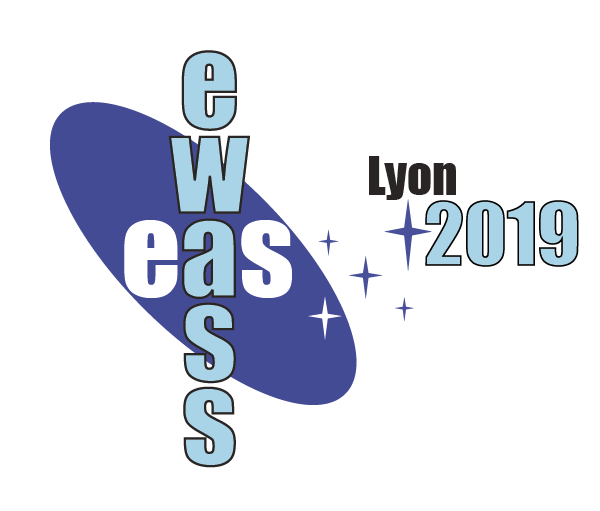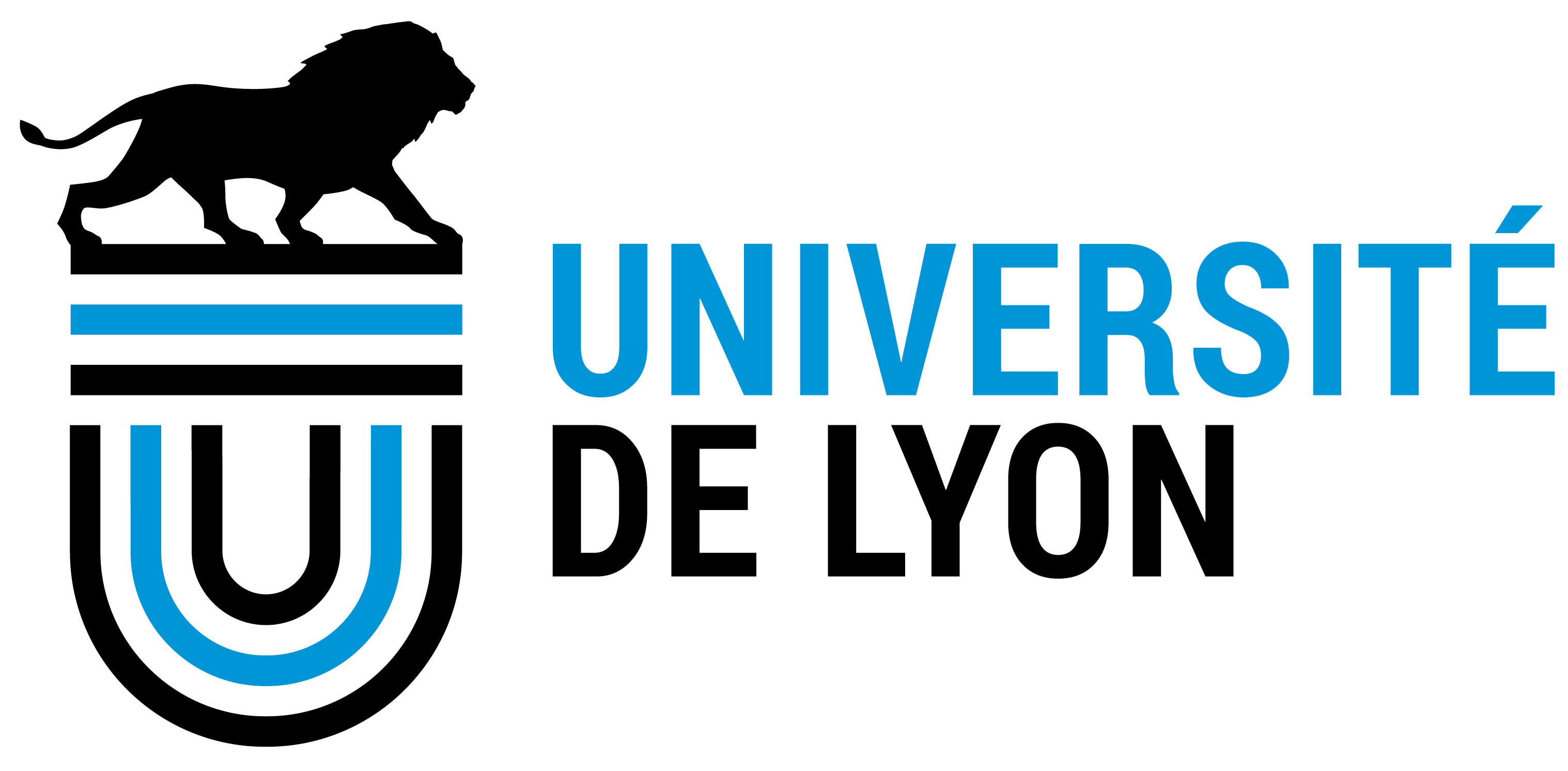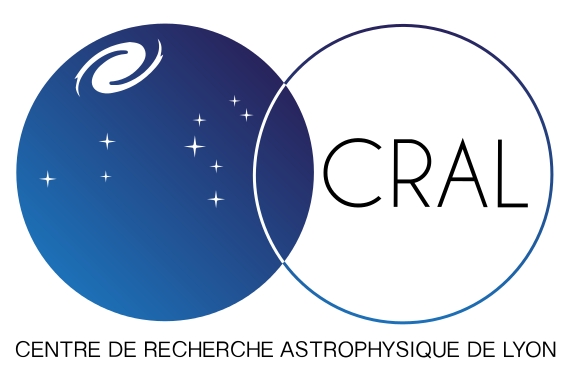|
Symposium S3
27-28 June 2019

Aims and scope
The most intriguing question of modern extragalactic astronomy is to locate and study the first galaxies in order to determine when they emerged from the dark ages, what are their physical properties and what role do they play in governing the transition of intergalactic hydrogen from a neutral state to one that is ionised. In the past few years, our knowledge of the early Universe has increased significantly. Measures of the optical depth of electron scattering by the Planck satellite indicates this `cosmic reionization` was a fast process occurring relative late around z~8. Observations of galaxies at z>8 across the electromagnetic spectrum have given us break-through insights into their abundance and properties. Together with recent results on the global 21cm signal from the EDGES experiment, these observations demonstrated that the first galaxies may have formed at z>15 and have opened up a completely new observational window on the era of Cosmic Dawn. With insights gained from simulations and theoretical models, they provide an unprecedented opportunity to explore and understand the nature of the first stars, galaxies and black holes in the Universe. However, a number of critical questions remain unanswered including:
- When did the first galaxies appear in the Universe?
- What were the properties of the first stars and galaxies?
- How did ionizing photons escape from the first galaxies (the escape fraction)?
- How did reionization affect the physical processes in early galaxy formation and evolution?
- And how can these processes in the early Universe help shedding light on the elusive nature of the "dark matter" that makes up 85% of the matter in the Universe?
- Are there useful analogues of the most distant galaxies that can help us prepare future JWST / ELT observations?
These gaps can only be bridged by bringing together a diverse community of researchers working on the fields of cosmology, astrophysics and astroparticle physics. Answering these critical questions is of crucial interest to a very wide community. These significant advances in the study of the first galaxies will progress rapidly in the new few years with the launch of the James Webb Space Telescope and later ESO's Extremely Large Telescope. Radio telescopes, such as LoFAR, MWA, EDGES, or LEDA are strongly improving their 21cm Epoch of Reionization signal detection techniques, and the forthcoming of next generation telescopes, such as SKA, HERA, WFIRST, EUCLID, or ATHENA, is very promising. We want to bring international experts together to jointly develop observational strategies - in particular those that require multiple telescopes - that will build a more complete picture of the first billion years.
Programme
- Theory and observations of the first generations of galaxies and stars
- Observations and models of the highest-z galaxies: preparation for JWST / ELT
- Synergising theory and observations of ionizing photons and the reionization
- Predictions for the 21cm signal: high-redshift sources, the intergalactic medium and the nature of dark matter
- The observational 21cm signal: hints on Cosmic Dawn and Reionization
- Looking to the future: synergising 21cm and distant galaxies observations
Invited speakers
- Benedetta Ciardi (Max Planck Institute for Astrophysics, Germany)
- Andrea Ferrara (Scuola Normale Superiore in Pisa, Italy)
- Anastasia Fialkov (Kavli Institute for Cosmology, Cambridge, UK)
- Michel Fioc (IAP Paris, France)
- Myoungwon Jeon (Kyung Hee University, Korea)
- Harley Katz (University of Oxford, UK)
- Raul Monsalve (University of Colorado Boulder, USA)
- Pascal Oesch (University of Geneva, Switzerland)
- Joki Rosdahl (Centre de Recherche Astrophysique de Lyon, France)
Scientific organisers
- Anne Hutter (co-chair, Groningen University, The Netherlands)
- Nicolas Laporte (co-chair, University College London, UK)
- Brigitte Rocca-Volmerange (co-chair, Institut d'Astrophysique de Paris, France)
- Anna Schauer (co-chair, University of Texas, USA)
- Jeremy Blaizot (Lyon University, France)
- Alessandro Bressan (SISSA Trieste, Italy)
- Volker Bromm (University of Texas, USA)
- Jean-Gabriel Cuby (Marseille University, France)
- Pratika Dayal (Groningen University, The Netherlands)
- Richard Ellis (University College London, UK)
- Simon Glover (Heidelberg University, Germany)
- Francois Hammer (Observatoire de Paris, France)
- Guilaine Lagache (Marseille University, France)
- Roser Pelló (IRAP/CNRS, France)
- Cathryn Trott (ICRAR-Curtin University, Australia)
- Livia Vallini (Leiden University, The Netherlands)
- Belinda Wilkes (Chandra Center, USA)
- Naoki Yoshida (Tokyo University, Japan)
- Adi Zitrin (Ben Gurion University, Israel)
Contact
Anne Hutter: a.k.hutter @ rug.nl ;
Nicolas Laporte: n.laporte @ ucl.ac.uk ;
Brigitte Rocca: rocca @ iap.fr ;
Anna Schauer: anna.schauer @ utexas.edu
Updated on Wed Apr 24 14:30:30 CEST 2019
|

 A power cut will shut down all EAS services on Tuesday, 10 January 2017 starting at 7:30 CET.
A power cut will shut down all EAS services on Tuesday, 10 January 2017 starting at 7:30 CET.





